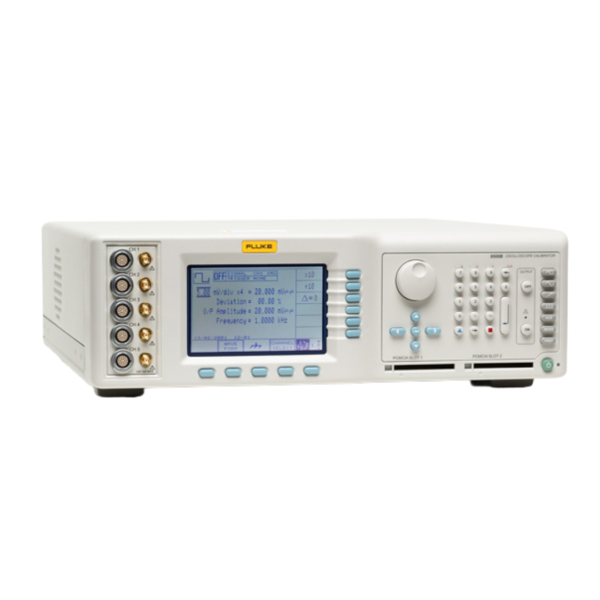Fluke P3000 Pneumatic Deadweight Testers
Key features
- Pressure ranges from vacuum through 2 000 psi (140 bar)
- Accuracy better than .015 % of reading. (Increased accuracy option of 0.008 %)
- Gas operated with optional hand pumps
- Dual vacuum/pressure models available
- Psi, bar, kgf/cm2, kPa and MPa ranges available
- Piston/cylinder design provides stability and repeatability
- Built-in pneumatic hand pumps for pressure and vacuum
- Piston flotation indicator
- High quality needle valves provide optimum control
- Mounted spirit level and adjustable feet
- Test station design with O-rings eliminates the need for PTFE tape or wrenches
- Improved case with springloaded latches for hood
- Sturdy weight box with hinged lid and side handles for easy transport
For detailed information : Click Datasheet
Product overview: Fluke P3000 Pneumatic Deadweight Testers
P3000 Series Vacuum and Dual Vacuum/Pressure Models
The combined vacuum/pressure models are extremely versatile instruments providing vacuum through 500 psi (35 bar) capacity in one unit. For added expansion, an additional low range piston/weight set can be provided for pressures to 800 inH2O (2 000 mbar). An optional built-in hand pump can be installed to generate vacuum (90%) through 300 psi.
P3000 Series Liquid Lubricated Gas Operated Models
The Models P3031 and P3032 feature an oil lubricated piston/cylinder assembly, which ensures that the instrument is less susceptible to performance issues caused by contamination of the gas supply or the environment in which the unit is being operated.
The supply gas, via the deadweight tester controls, is introduced into the piston/cylinder chamber. As the gas acts directly on the surface of the oil, there is a rate-less transfer of pressure within the system.
The instrument is designed to prevent inadvertent over-filling of the chamber, thus avoiding contamination of the gas system. There is no physical barrier between the gas and oil so there is some “oil-mist” transfer potential. Therefore, we do not recommend the standard version for oxygen service. A special version of these instruments using an oxygen compatible fluid is available.



